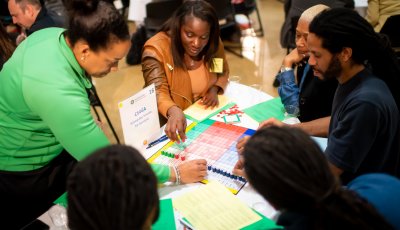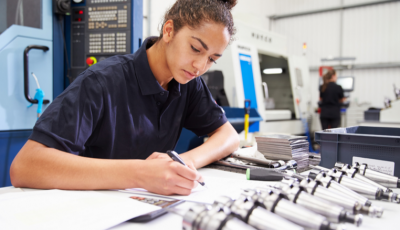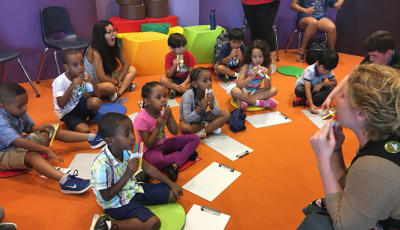Inclusion
The Smithsonian Institution interacts with tens of millions of visitors around the globe and reaches millions of students through its education initiatives. This scale of engagement–through in-person and online spaces—allows us unique perspective and insights as we seek to support the critical work of training the next generation of scientists and scholars. It requires us to hold ourselves accountable to ensure all students and teachers are included in STEM opportunities and recognize themselves in STEM.

Our goal is that all students at all education levels see high-quality STEM education and STEM careers as accessible to them. We are also committed that we operate as an organization that abides by these principles.
Through this initiative, we have several objectives
- Objective 1: Increasing the the STEM teaching workforce
- Objective 2: Supporting STEM teachers of English Learners
- Objective 3: Integrating accessibility and inclusive/universal design practices in STEM classrooms for students with disabilities
- Objective 4: Sparking girls’ interest in STEM to prepare them for the future workforce
- Objective 5: Addressing the summer skills gap by providing summer enrichment programming to students in high-needs areas





